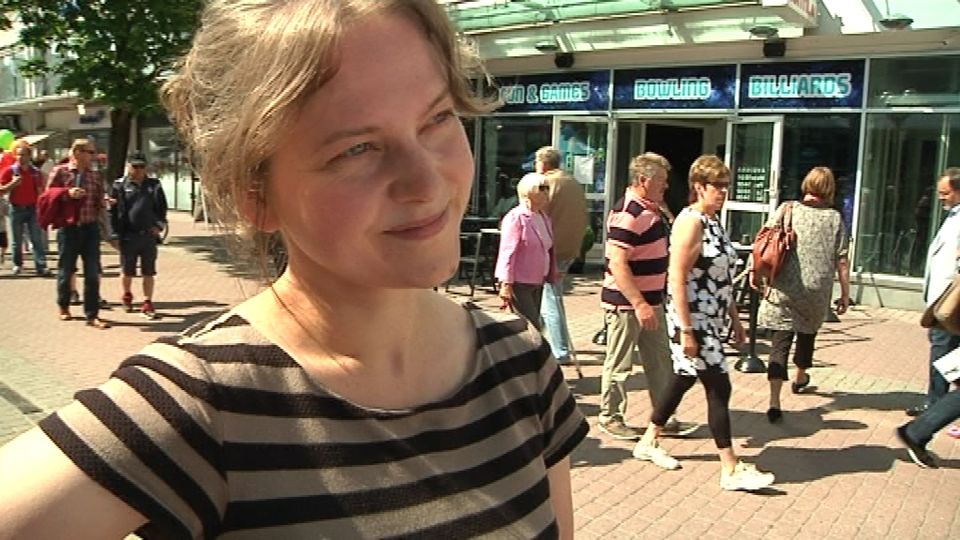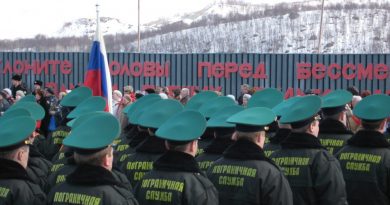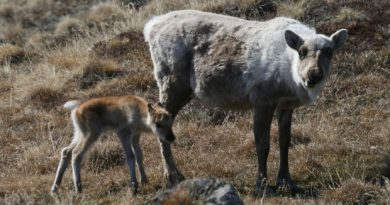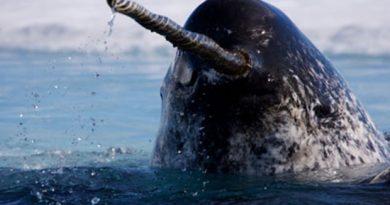Greenpeace calls for reassessment of Finnish environmental policy

Greenpeace Finland’s program manager Sini Harkki says Finland would benefit from a new appraisal of its environmental protection commitments.
In particular, she would like to see an expanded network of buffer zones built around agricultural areas to reduce harmful Finnish emissions to the Baltic Sea.
The Greenpeace environmental organisation has appealed to the Finnish government for proof that it is taking concrete actions to improve the state of the Baltic Sea.
Buffer zones needed
Sini Harkki, program manager of Greenpeace’s Finland office, is of the opinion that there is still a lot of work to be done in the construction of agricultural buffer zones, for example.
Buffer zones around cultivated fields act as a filter for the soil, reducing the loss of particle-bound phosphorus and nutrients from arable land. They also help to reduce pesticide contamination of waterways. Vegetated buffers along watercourses promote biodiversity and an enriched landscape.
Emissions & agriculture
The organisation also feels that EU agri-environmental policy as it is implemented in Finland is also due for an update.
“We have been a part of a successful joint effort to reduce the emissions from large points-of-entry in the Baltic Sea. Seeing as how Finland’s emissions are largely the result of agriculture, the Centre Party-led government is now in a position to be a vanguard in efforts to clean up our own terrain and establish a sufficient number of buffer zones,” says Harkki.
“Hopefully the government will look through the current agri-environmental support scheme. We have to ensure that the requirements being met in return for support are appropriate.”
The Finnish way
One element in Finland’s current agricultural aid system is agri-environmental support, which receives partial financing from the European Agricultural Guidance and Guarantee Fund (EAGGF). Nearly 300 million euros is spent on agri-environmental support annually, the most important financial guidance means for environmental protection in agriculture.
Presently 93 percent of Finnish farmers and 98 percent of the country’s arable farmland fall within the scope of the support scheme’s basic and additional measures. In addition to basic support farmers can apply for support for more demanding environmental management and protection measures.
With environmental requirements becoming more stringent, Greenpeace Finland maintains that the requirements in the support scheme must also be raised to reach the minimum level.
Related stories from around the North:
Canada: Report spotlights rapid glacier melt in Canada and Alaska, Radio Canada International
Europe: Polar ice set for six-metre sea level rise?, Deutsche Welle’s Ice-Blog
Finland: Climate change brings new insect arrivals to Finland, Yle News
Greenland: Field notes from Greenland – From the glacier to the sea, Blog by Mia Bennett
Norway: UN Secretary-General to visit Norwegian Arctic, Eye on the Arctic
Russia: Arctic methane: time bomb or “boogeyman”?, Analysis from Deutsche Welle’s Iceblogger
Sweden: How will global warming affect the average Swede?, Radio Sweden
United States: Snow cover nears record low across North, Deutsche Welle’s Ice-Blog



